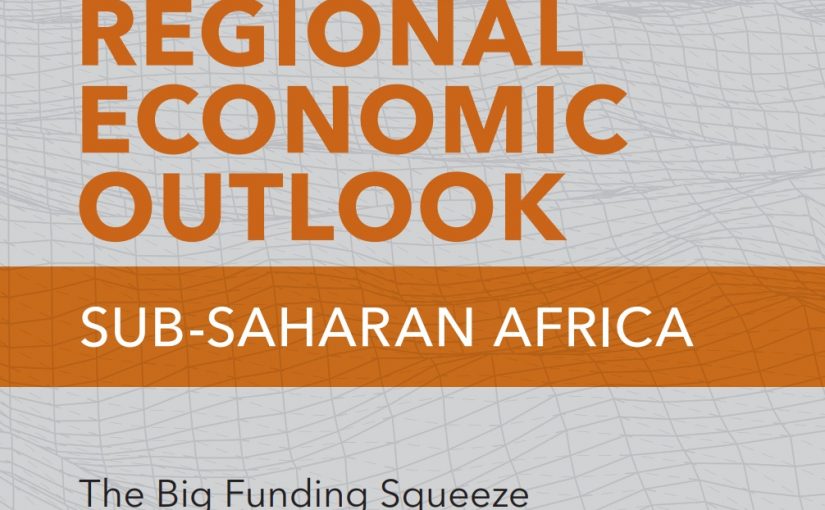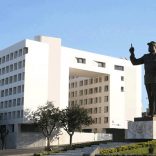Mozambique: President asks CPLP to help mitigate climate change
Mozambique: IMF expects state debt to exceed 100% of GDP again this year

Image: IMF
The International Monetary Fund (IMF) expects Mozambique’s public debt to rise to over 100% this year and next year, despite acceleration of economic growth to 5% and 8.2% in 2023 and 2024.
In the report on sub-Saharan Africa, released on Friday as part of the Annual Meetings of the IMF and World Bank, held this week in Washington, the IMF presents several tables with forecasts for the main economic indicators, in which it estimates that the public debt to gross domestic product (GDP) ratio will rise from 76.1% in 2022 to 102.8% this year and 103.1% next year.
Apart from Cabo Verde and Eritrea, Mozambique is the country with the highest public debt to GDP ratio in the entire sub-Saharan region, at almost double the average for the region, at 55.5%.
The IMF argues that sub-Saharan African countries should improve financial management, contain inflation, allow exchange rate adjustments and ensure that climate change does not take money away from basic spending.
In the report on the region, released today as part of the IMF and World Bank Annual Meetings, the Fund lists four priorities for African governments to try to overcome macroeconomic imbalances in a context of financing constraints.
“Consolidating public finances and strengthening public financial management in a context of difficult financing conditions will depend on continued resource mobilisation, better management of fiscal risks and debt management that needs to be more proactive,” the Fund’s experts wrote in the report, which forecasts growth of 3.6% for sub-Saharan Africa this year and 4.2% in 2024, and which is entitled ‘The Big Funding Squeeze’.
The second of the four priorities has to do with inflation, which rose to 10% last year and is expected to slow to about half that this year: ‘Monetary policy needs to be cautiously directed until inflation is firmly on a downward path and in line with the central bank’s targets,’ the report reads.
Allowing the exchange rate to float, while mitigating adverse effects on the economy, “including rising inflation and debt due to currency depreciations” is the third priority task for governments in sub-Saharan Africa, a region where the IMF has more than 20 financial assistance programmes underway, almost half of the total for the region’s 54 countries.
Climate finance is the last of the priority areas for action, in which the IMF argues that “climate change and financing to combat and mitigate it should not take spending away from basic needs”, exemplifying with health and education.
COUNTRY ………………………..GDP………….INFLATION………….DEBT/GDP RATIO
Angola………………….. ………….3.5…………………..11.7……………………………63.3
Cape Verde…………………………4,4…………………..4,5……………………………120,2
Guinea-Bissau…………………….4,5……………………5,0…………………………..76,5
Equatorial Guinea………………-1,8……………………5,7……………………………26,4
Mozambique………………………5,0………… ………..7,4……………………………102,8
São Tomé and Príncipe………..2.0…………..,……..17.9…………………………..54.8
Region average…. ……………….3.6…………………..14.0…………………………..55.5
Source: Sub-Saharan Africa Regional Economic Outlook, April 2023.
How is sub-Saharan Africa faring against the background of a big funding squeeze?
Join Abebe Aemro Selassie, Director of the IMF’s African Department, for a briefing on our latest projections, analysis, and policy recommendations.












Leave a Reply
Be the First to Comment!
You must be logged in to post a comment.
You must be logged in to post a comment.